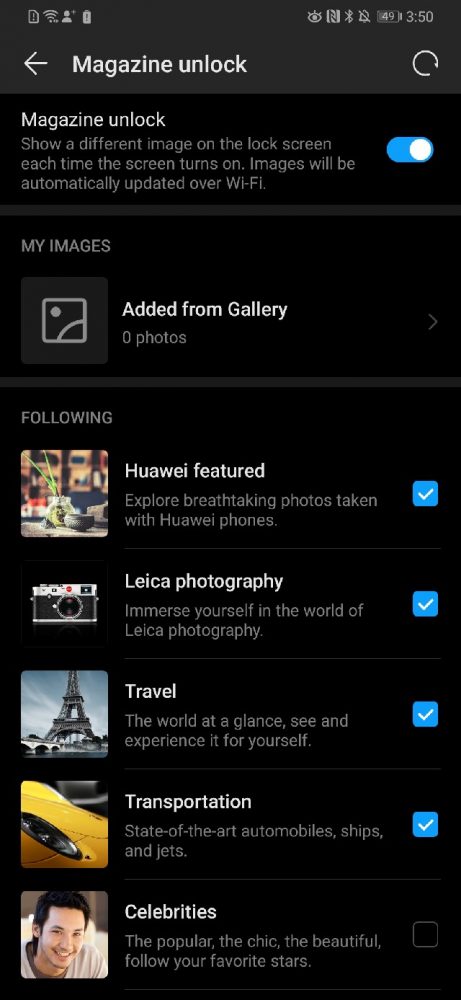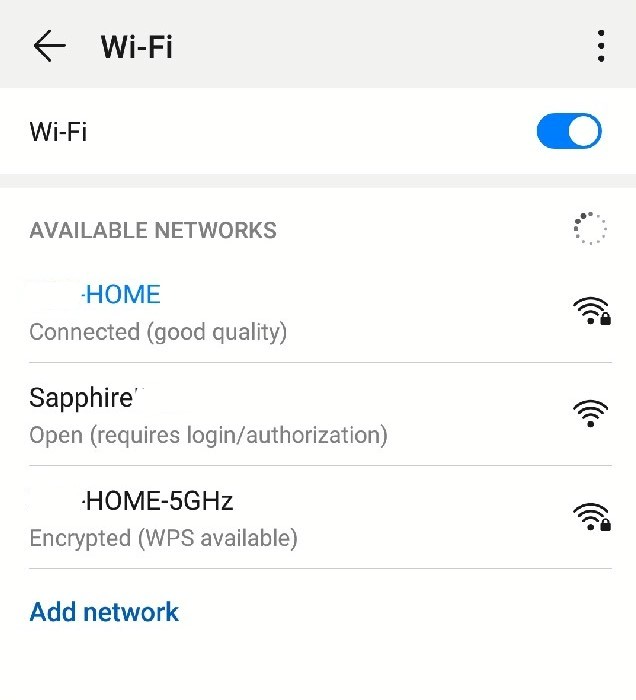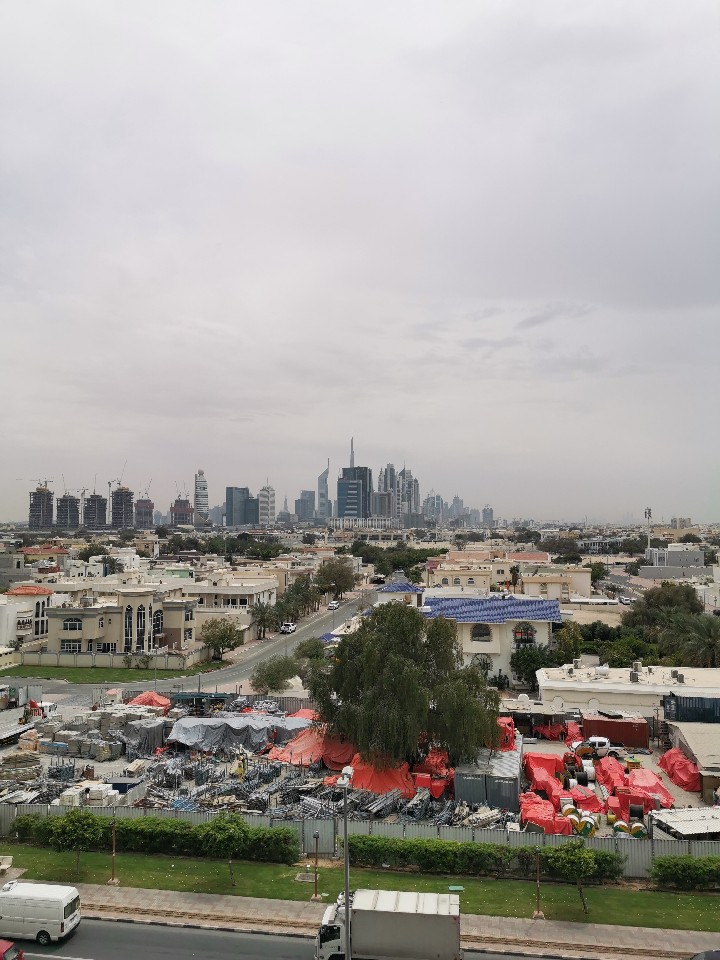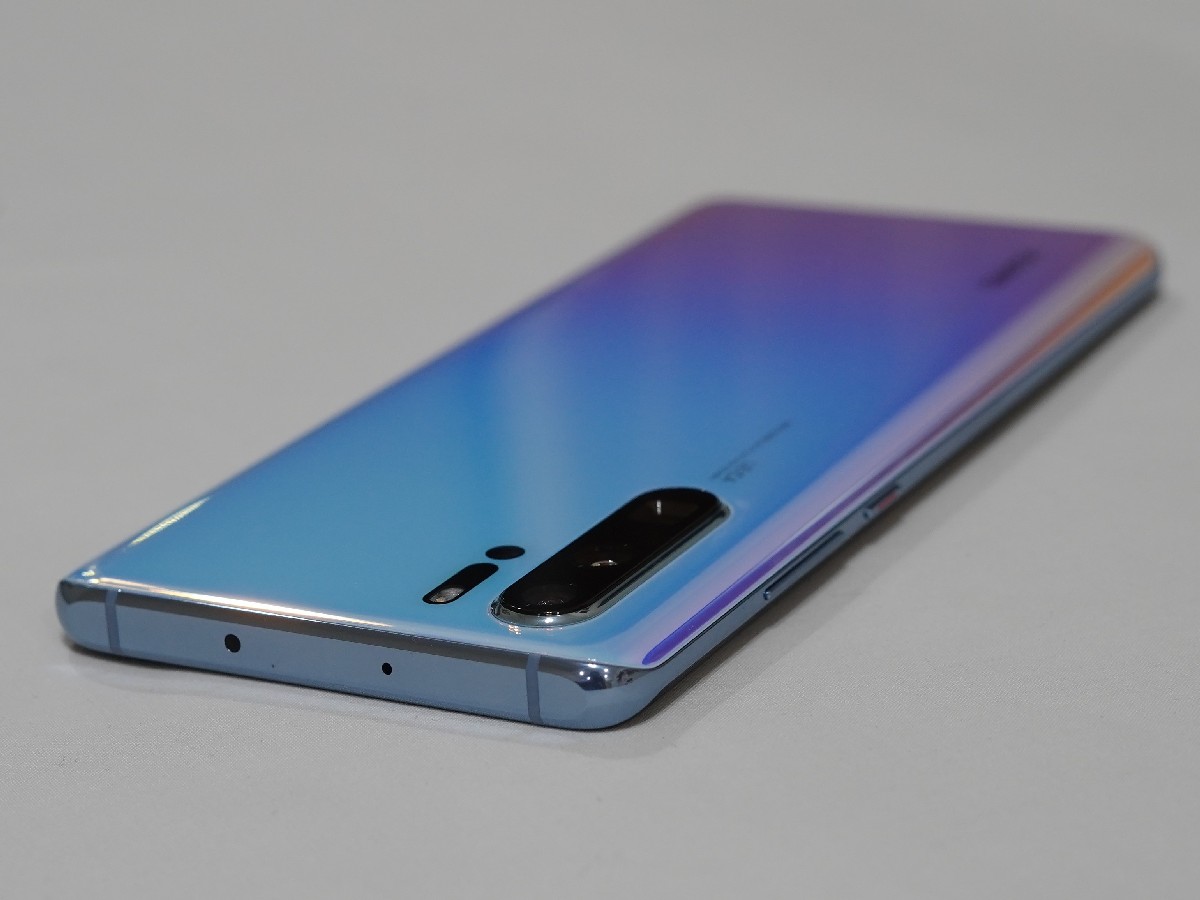Huawei wants to rewrite the rules of photography with the launch of their latest flagship – the P30 Pro – and here are our first impressions of the phone.

We’ve got the breathing crystal with us, and it does shine when you hold it. Confused? That’s the name of the phone colour that we’ve go with us today. It is partially light blue and light pink, but the surface is so reflective that it will look quite different in various kinds of light. The Huawei P30 is also available in black, pearl white, aurora and amber sunrise. The phone feels sleek to hold and feels premium to hold.
Hardware:
The P30 Pro features a 6.47″ FHD+ curved OLED screen with a resolution of 2340 x 1080 and an aspect ratio of 19.5:9. It has ultra narrow bezels at 2.20mm on the side and 3.36mm on the top which are smaller than some of the industry leading flagships.
It features a more than adequate battery with a capacity of 4200 mAh. It lasted us for 1.5 days with moderate usage, so using it throughout the day for heavy users shouldn’t be a problem. It also has the Huawei SuperCharge which enables it to be charged to 70% in 30 minutes.

The phone also features the wireless reverse charging feature by which you can charge any device that supports Qi-certified wireless charging. What I experienced during testing this feature is that when a phone supporting wireless charging (with NFC) was kept on the back, the Huawei P30 Pro tried to read an NFC tag and said that no tag has been detected; after about 5 seconds, it started charging the other device. The charging was much slower than expected.
It features an 8 GB RAM along with the Huawei Kirin 980 octa-Core processor which makes the phone really fast. It is available with two on-board storage options – 256 GB and 512 GB.
The phone does not have the 3.5mm audio jack, but does come with USB-C earphones in the box.
Dust and water-resistant flagships have become quite the standard and the P30 Pro is rated IP68 too.

Software and Performance:
The phone feels really fast to use given the RAM and processor that it has. It runs on Android Pie and has the Huawei EMUI 9.0 which is their custom OS. This has some really cool animations for the battery charging as well as the fingerprint sensor. Navigating through the apps in the default settings was a bit unintuitive. To go back, you need to swipe from the left or right edges, to go home you swipe from down, and to see the recent apps, you swipe from down too but keep it held there for a bit. This can be changed from the setting if you prefer the more conventional way to navigate.

Huawei has optimized the camera for Snapchat too so you can take full advantage of the camera features even from within the app.
The P30 Pro also comes with the Dubai font pre-installed and you can choose for this one to be used system-wide from the settings.

For the lock screen you can choose “magazine unlock” which basically allows you to display a different wallpaper every time you want to unlock your phone, and you can choose what categories you want the wallpapers from, and these are regularly updated over wifi.

A cool feature I saw is that while browsing Wi-Fi networks when the phone finds an open network, it can detect if it would require a login / authorization further.

The phone also has the knuckle feature where you can knock twice for a screenshot, or circle an area with your knuckles to capture the selected area; you can even swipe horizontally at the centre of the screen to use two apps in split screen view.
Camera:
The camera (or rather, four cameras) undoubtedly has to be the prime selling point for the Huawei P30 Pro. The quad camera setup is engineered along with Leica. It has one 40 MP wide-angle lens with f/1.6 (up from f/1.8 on the P20 Pro) aperture and OIS. Since wide isn’t wide enough, there is also an ultra-wide 20 MP lens with a f/2.3 aperture. The third one is an 8 MP lens with a f/3.4 aperture, and lastly, the Huawei Time-of-Flight Camera which is basically for sensing depth which helps you to get a much better bokeh effect.
Something that is really intriguing about the camera is that instead of the regular RGB (red-green-blue) colour sensor, it uses an RYYB (red-yellow + yellow-blue) colour sensor which help to get better colours.
The zoom for the camera is definitely remarkable. It has a 5x Optical zoom, a 10x hybrid zoom, and a 50x digital zoom. The photos that I shot using the 10x hybrid zoom were really crisp, and I was pleasantly surprised with the quality of the images, not only during daylight, but also at night.

wide angle 
Regular (1x) 
5x Optical zoom 
10 Hybrid Zoom 
50x Digital Zoom
That being said, it features a dedicated night mode which perhaps is the best that I have seen on a phone till date. I tried clicking pictures in a room that was really dark, and I could barely see anything, but the P30 Pro showed its magic, and I could actually see the painting on the wall. We also experienced a similar test at the Huawei Middle East launch, and you can see the video here.

The good thing is that the camera takes multiple shots with varying exposure levels and stitches them to give you a fantastic output. It does require you to be fairly stable, but a tad bit of shake wouldn’t make the photo hazy. On a related note, this camera is also the first phone camera to have an ISO that goes upto an insane 409600, although it has a preset shutter speed when you go to 12800 ISO or above which increases with the increase in ISO and cannot be changed manually.
The ultra-wide 16mm lens is also really impressive and you would be pleasantly surprised with the amount of area that it can cover.

wide angle at night 
10x zoom on the road sign in the same frame
The camera of the Huawei P30 Pro also has a “light painting” mode which further has four sub options, one of which is “traffic trails” that gave results which left me awestruck. Also, I liked the fact that this could be done with the phone being hand-held too where a little bit of shake did not hamper the output much.

The P30 Pro also has a super macro mode which allows you get really close (2.5 cm) to the subject and get a really good perspective.
This phone also has a jaw-dropping 32 MP front camera for those little details on your face.
Huawei has really gone all in with the AI in their camera and that definitely goes a long way in producing great images.
That being said, there were a few things that I did not like much about the camera. During night when I was shooting landscape, the phone did brighten up the image, but it looked artificial and not very pleasing to the eye.
In some cases (especially low light), I noticed that the photos were appearing a bit grey, though they looked fine in the preview.
The camera has a mode called aperture, which for a non-pro shooter is a bit confusing as they might not know what it does, and for a pro shooter it is misleading since all the lenses have a fixed aperture, and changing the “aperture” in this mode only simulates the bokeh effect but has no effect on the exposure.

Final Verdict:
The camera of the Huawei P30 Pro is insta-worthy if I can say so. It has a few cool tricks up its sleeve. Being used to a professional camera, I did see flaws in the working of the camera (especially the way the software is programmed to process it combines with the AI), but these aren’t something which would really matter to a mobile shooter, and are definitely good for everyday use where you want the photos to look really beautiful without having professional hardware.
The battery life too is really good and the phone is fast as well as looks good in your hand. So if you see the overall features, this is definitely a very good option if you’re considering purchasing a new phone.







